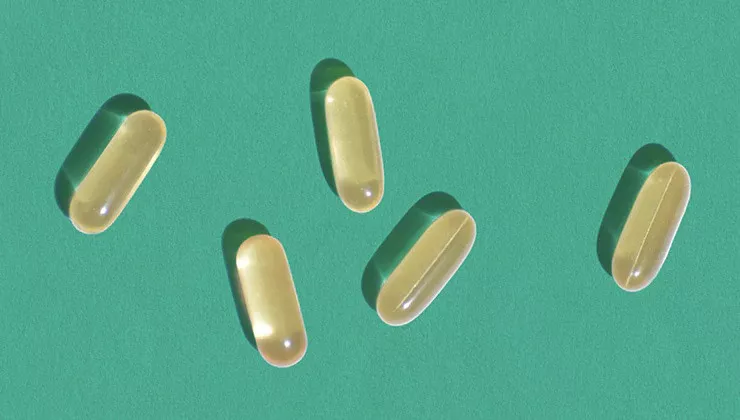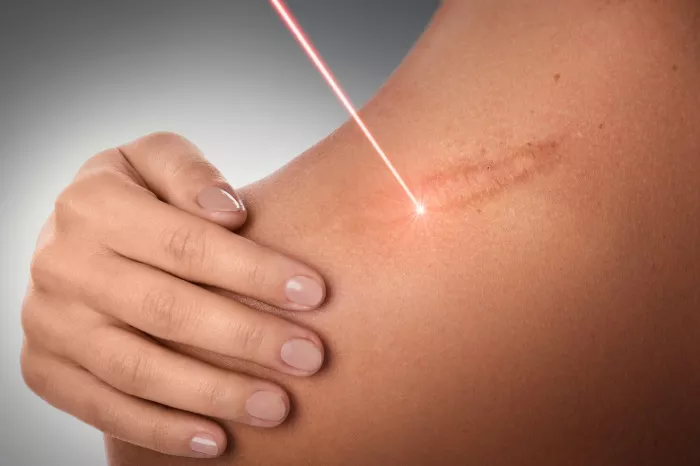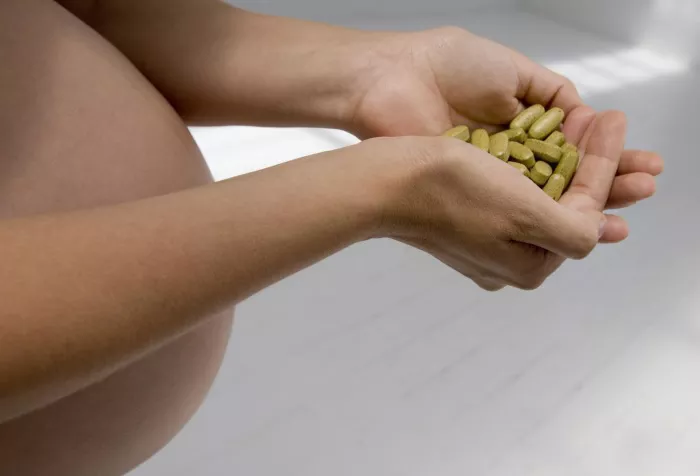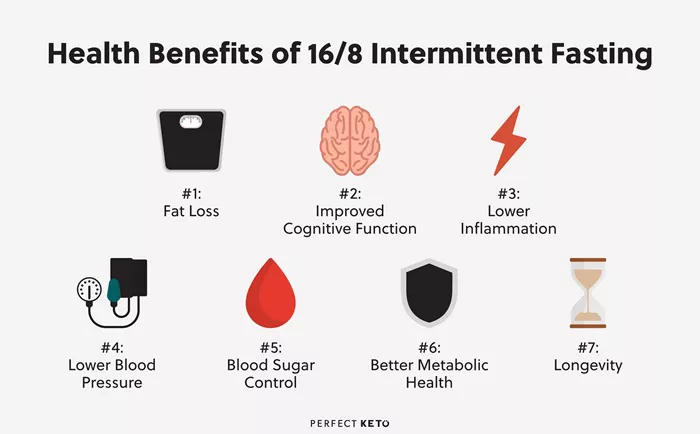For those with oily skin, choosing the right soap is a crucial step in maintaining healthy and clear skin. Oily skin is characterized by an overproduction of sebum, which can lead to a shiny complexion, enlarged pores, and an increased likelihood of acne breakouts. The right soap can help control oiliness, unclog pores, and keep the skin balanced and healthy. In this article, we will explore in detail the various types of soaps suitable for oily faces and the factors to consider when making a selection.
Understanding Oily Skin
Before delving into the specific soaps, it is essential to have a better understanding of oily skin. Sebaceous glands in the skin produce sebum, a natural oil that helps keep the skin moisturized and protected. However, in oily skin types, these glands are overactive, resulting in an excess of sebum. This excess oil can mix with dead skin cells and clog pores, creating an ideal environment for bacteria to thrive and leading to acne. Hormonal changes, genetics, diet, and stress can all contribute to oily skin. Understanding these underlying causes can help in choosing the most appropriate soap and skincare routine.
Key Ingredients to Look for in Soaps for Oily Skin
Salicylic Acid
Salicylic acid is a beta-hydroxy acid (BHA) that is highly effective for oily skin. It has the ability to penetrate deep into the pores and dissolve the mixture of sebum and dead skin cells. This helps to unclog pores, prevent blackheads and whiteheads, and reduce the occurrence of acne. It also has anti-inflammatory properties, which can soothe irritated skin. Soaps containing 2% – 3% salicylic acid are often recommended for oily and acne-prone skin. For example, Neutrogena Oil-Free Acne Wash contains salicylic acid and is a popular choice for those with oily and acne-prone complexions. It helps to exfoliate the skin gently while controlling oil production.
Glycolic Acid
Glycolic acid is an alpha-hydroxy acid (AHA) that can also be beneficial for oily skin. It exfoliates the surface of the skin, removing dead skin cells and promoting cell turnover. This can improve the skin’s texture and appearance, making it look smoother and more radiant. Additionally, by removing the top layer of dead skin cells, it can help to reduce the build-up of sebum and prevent clogged pores. Soaps with glycolic acid are usually formulated in lower concentrations, around 5% – 10%, to avoid over-exfoliation. The Ordinary Glycolic Acid 7% Toning Solution is a well-known product that can be used in conjunction with a glycolic acid soap to enhance the exfoliating effect and control oiliness.
Tea Tree Oil
Tea tree oil has natural antibacterial and antifungal properties. It is excellent for combating the bacteria that can cause acne in oily skin. It can also help to reduce inflammation and redness associated with acne breakouts. When looking for a soap with tea tree oil, make sure it contains a sufficient concentration, usually around 5% – 10%. For instance, the Body Shop Tea Tree Skin Clearing Facial Wash contains tea tree oil and is designed to cleanse the skin thoroughly while targeting acne-causing bacteria. It leaves the skin feeling clean and refreshed without over-drying.
Charcoal
Charcoal is known for its ability to draw out impurities from the skin. It can adsorb excess oil, dirt, and toxins, making it an ideal ingredient for oily skin soaps. Charcoal soaps can deep clean the pores and leave the skin looking less shiny. However, it is important to note that charcoal soaps should be used in moderation as overuse can potentially dry out the skin. The Biore Charcoal Acne Clearing Cleanser is a charcoal-based soap that is formulated to target acne and control oiliness. It contains other beneficial ingredients like salicylic acid to enhance its effectiveness.
Types of Soaps for Oily Skin
Bar Soaps
Bar soaps have been a traditional choice for cleansing the skin. For oily skin, there are specific bar soaps that are formulated to address the concerns of excess oil. Some bar soaps are made with natural ingredients like olive oil, coconut oil, and shea butter, which can provide moisturization while also containing ingredients to control oil. For example, the Dr. Bronner’s Pure-Castile Bar Soap in the tea tree variety combines the moisturizing properties of organic oils with the antibacterial benefits of tea tree oil. It is a gentle yet effective option for oily skin. However, it is important to ensure that the bar soap is rinsed thoroughly from the skin as residue can potentially clog pores.
Liquid Soaps
Liquid soaps are often more convenient to use and can be formulated with a variety of beneficial ingredients. They are usually dispensed from a pump bottle, allowing for easy application. Many liquid soaps for oily skin are formulated with surfactants that help to break down oil and dirt on the skin’s surface. Some also contain additional ingredients like hyaluronic acid to provide hydration while controlling oil. For instance, the CeraVe Foaming Facial Cleanser is a liquid soap that contains ceramides and hyaluronic acid. It cleanses the skin without stripping it of its natural moisture barrier, making it suitable for those with oily skin who also want to maintain skin hydration.
Syndet Soaps
Syndet soaps, or synthetic detergent soaps, are a gentler alternative to traditional bar soaps. They are formulated to have a pH similar to that of the skin, which helps to maintain the skin’s acid mantle. This is important as disrupting the acid mantle can lead to skin issues such as dryness and increased susceptibility to bacteria. Syndet soaps for oily skin often contain ingredients like salicylic acid or glycolic acid. The Cetaphil Gentle Skin Cleanser is a syndet soap that is suitable for oily skin. It is non-comedogenic, meaning it won’t clog pores, and it can effectively cleanse the skin while being gentle enough for daily use.
Considerations When Choosing a Soap for Oily Skin
Skin Sensitivity
Some individuals with oily skin may also have sensitive skin. In such cases, it is crucial to choose a soap that is formulated to be gentle and non-irritating. Avoid soaps with harsh fragrances, alcohols, and strong detergents that can cause redness, itching, or dryness. Look for soaps that are labeled as hypoallergenic or suitable for sensitive skin. For example, the Aveeno Clear Complexion Foaming Cleanser is formulated with soy extract and is designed to be gentle on sensitive, oily skin. It helps to control oil and improve the appearance of the skin without causing irritation.
pH Balance
The skin has a natural pH level of around 4.5 – 5.5. Using a soap with a pH that is too high or too low can disrupt the skin’s acid mantle and lead to various skin problems. Soaps that are too alkaline can cause dryness and increase the risk of bacteria growth, while those that are too acidic may cause irritation. Look for soaps that are pH-balanced or have a pH close to the skin’s natural pH. Many of the syndet soaps mentioned earlier are formulated with this in mind.
Additional Skincare Routine
Using the right soap is just one part of a comprehensive skincare routine for oily skin. After cleansing with soap, it is important to follow up with a toner to help balance the skin’s pH and remove any remaining impurities. A moisturizer is also necessary, even for oily skin, as it helps to maintain the skin’s moisture barrier. Look for oil-free or gel-based moisturizers that won’t add extra oil to the skin. Additionally, using a sunscreen during the day is essential to protect the skin from harmful UV rays, which can worsen skin conditions such as hyperpigmentation and premature aging.
Frequency of Use
Over-cleansing can actually lead to the skin producing more oil to compensate for the loss of moisture. It is recommended to cleanse the face with soap no more than twice a day, in the morning and at night. If you feel the need to freshen up during the day, you can use a gentle toner or a facial mist instead of washing your face again with soap.
DIY Soaps for Oily Skin
For those who prefer a more natural and customizable approach, making your own soap for oily skin can be an option. Here is a simple recipe:
Ingredients
- 1/2 cup of coconut oil
- 1/2 cup of olive oil
- 1/4 cup of castor oil
- 1/4 cup of lye (sodium hydroxide) dissolved in 1/2 cup of water (Caution: Lye is caustic and requires careful handling)
- 2 tablespoons of activated charcoal powder
- 2 tablespoons of tea tree essential oil
Instructions
In a well-ventilated area and wearing protective gloves and eyewear, slowly add the lye solution to the combined oils while stirring continuously. This process is called saponification.
- Stir until the mixture reaches a thick, pudding-like consistency. This may take about 20 – 30 minutes.
- Add the activated charcoal powder and tea tree essential oil and stir well to incorporate.
- Pour the mixture into a soap mold and let it set for 24 – 48 hours.
- Once set, remove the soap from the mold and let it cure for about 4 – 6 weeks. During this time, the soap will harden and become milder.
This DIY soap combines the oil-controlling properties of charcoal and tea tree oil with the moisturizing benefits of coconut, olive, and castor oils. However, it is important to note that making soap at home requires proper safety precautions and knowledge of the saponification process.
Conclusion
In conclusion, choosing the right soap for oily skin is a vital step in maintaining healthy and clear skin. By understanding the specific needs of oily skin, looking for key ingredients, considering different types of soaps, and taking into account factors such as skin sensitivity and pH balance, you can make an informed decision. Whether you opt for a commercial soap or decide to make your own, a proper skincare routine that includes cleansing, toning, moisturizing, and sun protection is essential for achieving and maintaining optimal skin health. With the right soap and skincare regimen, you can effectively manage oiliness, prevent acne breakouts, and enjoy a more balanced and radiant complexion.
Related topics:
Can Soap Effectively Remove Scars? Here Is The Truth



































